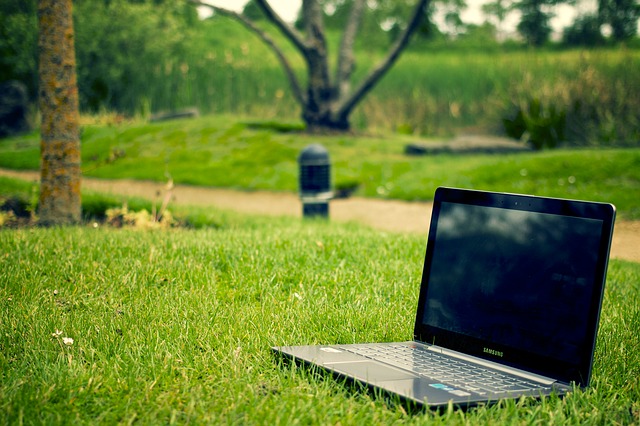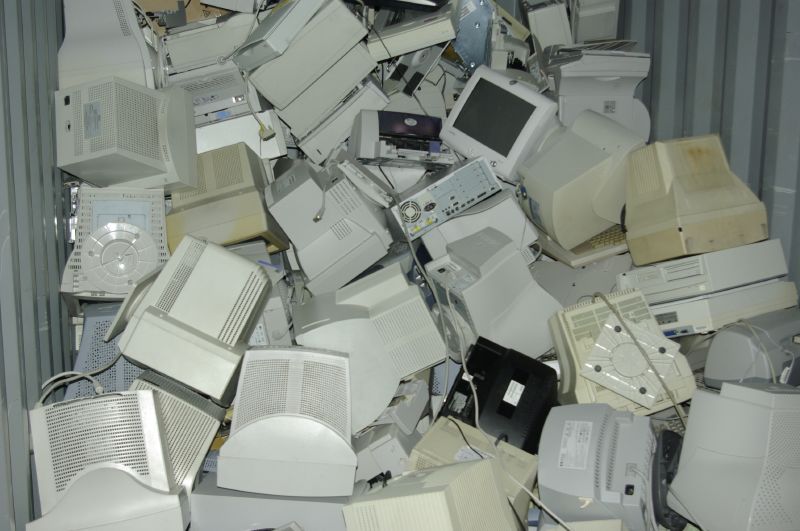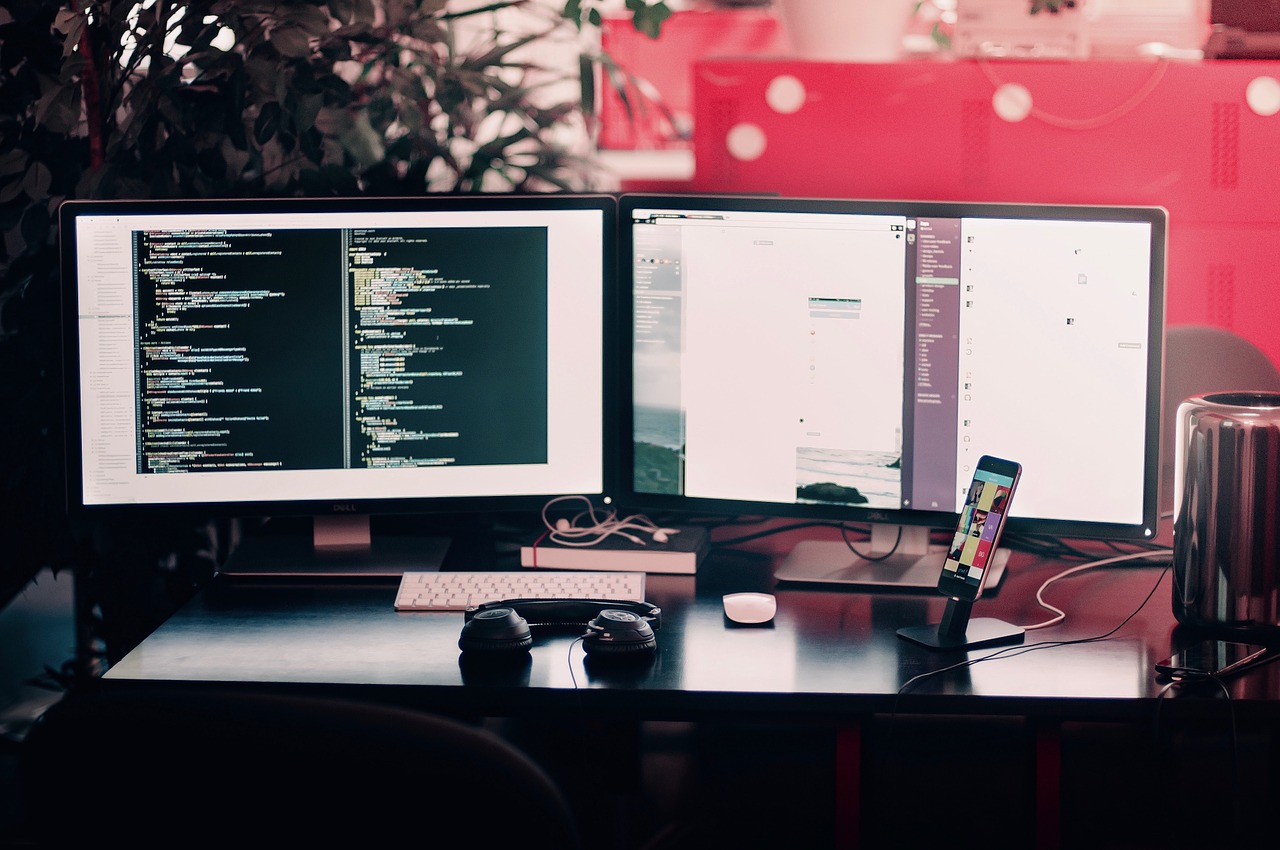Carbon impact of IT
Spoiler: To reduce our impact on the environment, we often wonder what choices to make and which technologies to favor. The comparison is difficult because it depends on many factors that are difficult to generalize. For those in a hurry, go for 1 gr eq. CO2 / minute.
The first time I heard about green computing was during a presentation of a fellow student somewhere around 2005. By disabling unused components of the micro-processor in real-time, it happened to save at least 10% of energy.
At the time, cynical, I had considered this green side as a buzzword to collect additional subsidies. The savings made are mainly financial and intended for data centers.
15 years later, after climate march, I realize how much his progress made sense and I ask myself today now the following question:
Can computing be green?

Foreplay
Measuring and calculating the impact of human activity on the environment is complicated. Because not everything can be measured, on the one hand, but also because the factors and impacts are very numerous:
- Direct and indirect greenhouse gas emissions (i.e. ),
- Use of non-renewable resources (i.e. metals, fossil resources),
- Treatment of renewable wastes (i.e. water) and non-renewable wastes (i.e. nuclear).
To avoid dispersion and allow easier comparison between different activities, it is customary to reduce these impacts to equivalent in carbon grams, or . To simplify writing, the weights expressedhere (grams, kilos, etc.) will be understood in carbon equivalent.
Sources: Unless otherwise indicated, the values that I will use are taken from the Bilan GES database of ADEME, which summarizes the environmental impact of our human activities.
Impact of IT
Use
I will therefore tackle the carbon impact of the use of our IT equipment. Rather than a global, annual gender or per country impact, I would like to obtain a more precise impact, per minute of personal use. And for that, we will have to group the data…

The energy impact, depends on the source used. EDF provided details for each. Unsurprisingly, the biggest impact comes from fossil fuels (), renewable energies are more virtuous () and nuclear is apart ().
And as the production uses several sources at the same time in proportions which change all the time, it is more interesting to look at the overall balance. The official EDF data gave an assessment global average of over the last 15 years, so I will start with this figure.
Edit of June 2023: It is now RTE which provides real-time emission values, the values are a little different but it doesn’t change much so I keep the old values.
Power consumption, depends on what you do with the equipment and how energy efficient it is. ADEME provides a total (The hidden face of digital, available at eco-ecole.org) over the year by type of equipment based on office use (8 hours for 225 days) compatible with the powers usually encountered.
To obtain the carbon impact from the power, we multiply the impact of the electricity, , by the power used (in , we must therefore divide our by ) and the time (in , as we want one minute, we must divide by ).
| Equipment | Power | Impact |
|---|---|---|
| Reader | 1 | 0.0004 |
| smartphone | 7 | 0.0030 |
| Tablet | 16 | 0.0069 |
| Notebook | 50 | 0.0217 |
| Screen | 15 | 0.0065 |
| Office computer | 200 | 0.0867 |
| computer games | 1000 | 0.4333 |
Kindle: Kindle consumption is listed in the article What is the best device for reading in terms of CO2? for . So I arbitrarily put to give an idea.
Screen: For screen consumption, I start with a 24-inch screen, i.e. and consumption around (cf. [Digitals] (https://www.lesnumeriques.com/moniteur-ecran-lcd/comparatif-ecran-lcd-moniteurs-22-a-30-pouces-a240.html)), or .
Gray energy
The previous impact is in fact incomplete because it does not take into account the impacts related to the manufacture and then the processing of equipment. Although these impacts occur before and after the use of the equipment, they are necessary for this use and are therefore usually distributed over the duration of use.

ADEME’s bilan GES database provides the overall impact of the manufacture and treatment of equipment as well as its amortization over the period of use via an impact per year. It’s so heavy that the impacts here are in kilograms.
| Equipment | Impact | Amortized |
|---|---|---|
| Reader | 44 | 9 |
| smartphone | 32 | 16 |
| Tablet | 70 | 23 |
| Notebook | 169 | 42 |
| Screen | 265 | 40 |
| Office computer | 189 | 32 |
| computer games | 394 | 66 |
As I am looking for the impact per minute of use, I would like to be able to distribute this gray energy per minute as well. So I’m going to consider several scenarios:
- Regular: the equipment is used regularly, around d on average, or yr. Which also corresponds to an average player (cf. The State of Online Gaming).
- Professional: I consider use during office hours, , without any specific collective agreement, i.e. .
- Intensive I consider that you cannot do without it, every day, or .
The following table gives you this distribution of gray energy per minute of use according to the three scenarios.
| Equipment | Regular | Pro. | intensive |
|---|---|---|---|
| Reader | 0.411 | 0.093 | 0.041 |
| smartphone | 0.731 | 0.166 | 0.073 |
| Tablet | 1.050 | 0.239 | 0.105 |
| Notebook | 1.918 | 0.436 | 0.192 |
| Screen | 1.826 | 0.415 | 0.183 |
| Office computer | 1.461 | 0.332 | 0.146 |
| computer games | 3.014 | 0.685 | 0.301 |
By comparing gray energy and used energy (calculation left as exercises), gray energy represents more than for all portable equipment, including e-readers, smartphones and tablets. For these last three, the difference is such that you can consider that the overall impact is entirely related to the life cycle.
For computers, the proportion varies from for regular use, between and for professional use and down to for intensive use. One might think that their manufacture is more ecological (since it counts less in the impact) but in fact, it is their energy consumption which is in fact 15 to 1000 times greater.
Quite intuitively, the smaller your equipment, the greater its impact, whether in terms of its life cycle or its use.
Impact comparison
Calculating the carbon impact of IT consists of adding the impacts of the equipment used. You can use my following tables for your situations but for the rest, I will take the example of a fixed PC with a screen.
But to be fair, two uses are worth distinguishing:
- Acquisition: The use justifies the acquisition of the equipment,
- Pooling: The equipment is already available.
Acquisition
The first case occurs when the equipment has been purchased to perform the task under consideration. All professional uses fall into this category. Family uses also when they are at the origin of the purchase.
To know the carbon impact of your use, you have to add the impact of the operating energy and the impact of the life cycle (manufacturing, treatment).
| Impact | Screen | Fixed PC | Total |
|---|---|---|---|
| Operation | 0.0065 | 0.0867 | 0.0932 |
| Life cycle | 0.4150 | 0.3320 | 0.7470 |
| Total | 0.4215 | 0.4187 | 0.8402 |
In detail, we note that the impact of using a screen is much lower than that of a PC, normal since it consumes 6 times less electricity. But the balance is balanced between the two because the screen is actually heavier to build and recycle.

Pooling
This second case occurs when the equipment was acquired for one use but you over-use it for other uses. For example, a professional computer on which you consult, once at home, your personal email. Or a family computer bought by the parents on which a child plays.
In this case, gray energy does not come into play because it is a sunk cost. Indeed, it is not rational to distribute the carbon impact over these uses since without them, the equipment would still have been acquired.
In our example, you would then only have an impact of , or of the impact if you had to acquire the equipment. And taking a high-performance PC with two screens, an impact of .
Example, e-reader or smartphone?
When we compare the impacts between an e-reader and a smartphone, we quickly see that the e-reader has a much lower impact than the smartphone. Half concerning gray energy, and a seventh for electricity. Assuming a regular use of , we obtain the following impacts per minute:
| Impact | Reader | smartphone |
|---|---|---|
| Operation | 0.0004 | 0.0030 |
| Life cycle | 0.4110 | 0.7310 |
| Total | 0.4114 | 0.7340 |
We would then be tempted to quickly conclude: Let’s read on an e-reader rather than on a smartphone, the impact will be smaller.
This is totally valid if you are in a shop trying to decide on which equipment to buy. In this case, if your only use is to read ebooks and other electronic documents, the reader is more ecological than the smartphone.
But for those who already have a smartphone and do not intend to part with it, the balance is reversed. The gray energy of the smartphone is in this case a sunk cost; whether you buy an e-reader or not, the impact will remain the same. The question then is whether adding an e-reader, for , has a bigger impact than on using the smartphone, for , and this time, the answer is without call.
Note that in real life, if it is for reading books, you should also compare with paper.
Conclusion
Quite intuitively, the smaller the equipment, the greater its impact. Similarly, pooling resources allows a drastic reduction in the impact of additional use since it is no longer necessary to add new equipment.
The precise calculation of the impact is feasible but difficult to generalize because it depends on far too many factors such as the type of equipment, its frequency of use and the need for its acquisition. For example, a tertiary employee with a fixed PC and a screen generates of use.
To be complete, we could also reduce this impact in winter because the computer then participates in the heating of the building, and in the same approach, add part of the impact of air conditioning in summer since they add heat that the air conditioning tries to evacuate.
Coming back to the original question, Can IT be green? here are some comparisons:
- a letter by post generates around of equivalent ( for a green letter of between Paris and Montpellier according to the post office simulator (the site no longer responds in February 2023)),
- a steak and fries on your plate required (according to the ADEME GHG database, a meat-based dish, such as steak and fries, generates per gram of food I’m leaving on a plate of ), i.e. of office automation,
- the combustion of a gasoline engine generates (for a consumption of at , i.e. ), or of office works. One hour of travel corresponds to of office works. Without even counting the gray energy of the car.
So yes, IT has an environmental impact, but it remains well below our other activities. If you want to reduce your carbon impact, there are other priorities.
 Disponible
Disponible